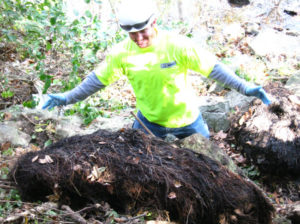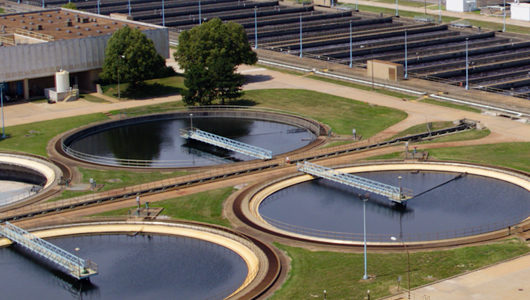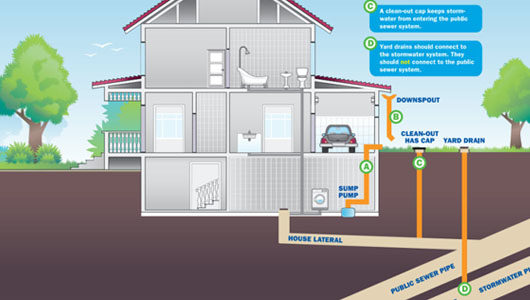Protecting the Human, Environmental, & Economic Health of Our Region
It’s a big job managing the fourth largest sewer system in the United States. Everyone who lives, works, or pays a visit to the St. Louis region relies on the Metropolitan St. Louis Sewer District to keep our waterways clean and safe. Serving 1.3 million people over 520 square miles, MSD brings decades of experience and dedication to protecting the place we’re proud to call home.
 Your MSD team works 24/7 to prevent pollutants from entering our rivers and streams. We help to reduce flooding and basement backups brought by heavy storms. We provide critical wastewater management for residential and commercial while generating business revenue for local contractors and tradesmen working on sewer improvement projects.
Your MSD team works 24/7 to prevent pollutants from entering our rivers and streams. We help to reduce flooding and basement backups brought by heavy storms. We provide critical wastewater management for residential and commercial while generating business revenue for local contractors and tradesmen working on sewer improvement projects.
Through our wastewater collection and treatment efforts, MSD keeps human and industrial waste out of our waterways, decreasing public exposure to pathogens and pollutants. Our stormwater management plan helps to keep harmful pollutants such as trash, soil solids, yard waste, and animal waste out of our local bodies of water, enhancing natural habitats. By improving the aesthetic appeal of creeks and streams, we encourage more recreational use of waterways.
MSD also provides a variety of additional services, including monitoring of industrial waste, issuance of pretreatment discharge permits, review and approvals for construction plans, issuance of connection permits, public education, and customer service.
In some municipal areas, water, wastewater, and stormwater are functions of city government. In the St. Louis area, MSD is a separate utility which is not part of St. Louis City or St. Louis County government.

Wastewater & Stormwater: MSD’s Dual Function
Managing two separate utilities under one organizational structure, MSD oversees 4,717 miles of wastewater sewer lines. These lines collect and treat the used water disposed of in sinks, toilets, and floor drains throughout our service area. We are also responsible for 3,043 miles of stormwater sewers that collect and treat runoff caused by rain and melting snow. But where does that treated water go?

Wastewater & Stormwater: What is the difference?
Much of MSD’s jurisdiction, including most of St. Louis County, is serviced by a separate sewer system with two sets of pipes: wastewater pipes and stormwater pipes. In the city of St. Louis and the immediately surrounding St. Louis County area, homes and businesses are served by a combined sewer system in which the pipes carry both wastewater and stormwater. But what’s the difference?

How does it all work?
Much of MSD’s jurisdiction is serviced by a separate sewer system with three types of pipes—one for wastewater, one for stormwater, and 1,756 miles of combined pipes that carry both. With the help of MSD’s 278 pumping stations, wastewater and combined water pipes flow to one of seven wastewater treatment facilities, where the water is filtered and sanitized before being returned to our regional waterways.

